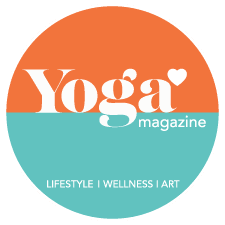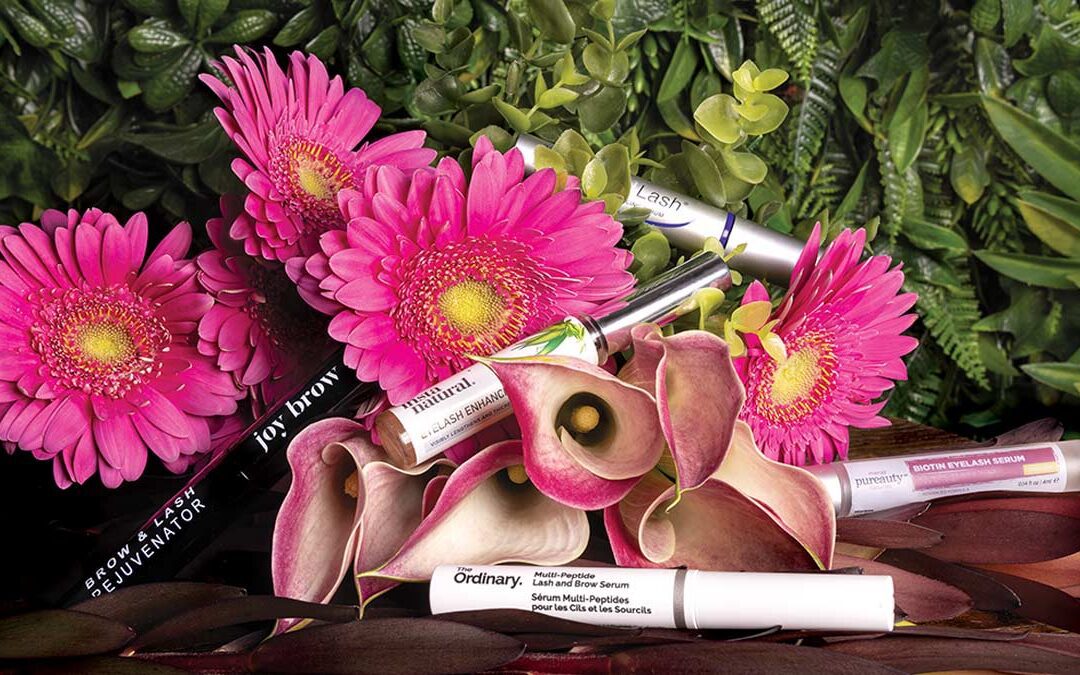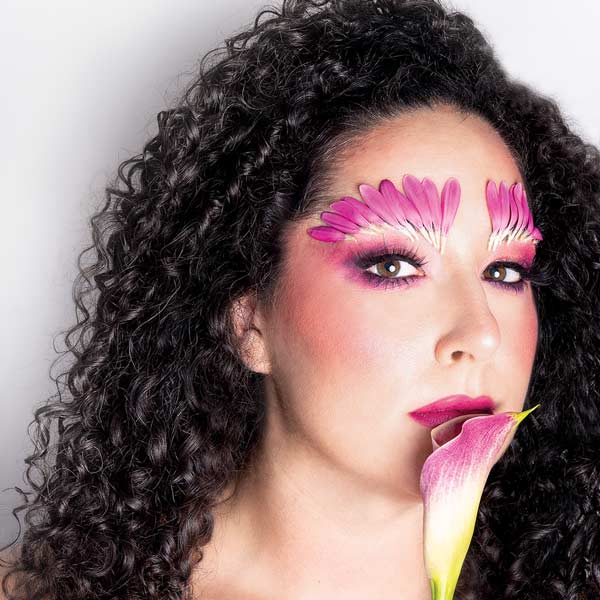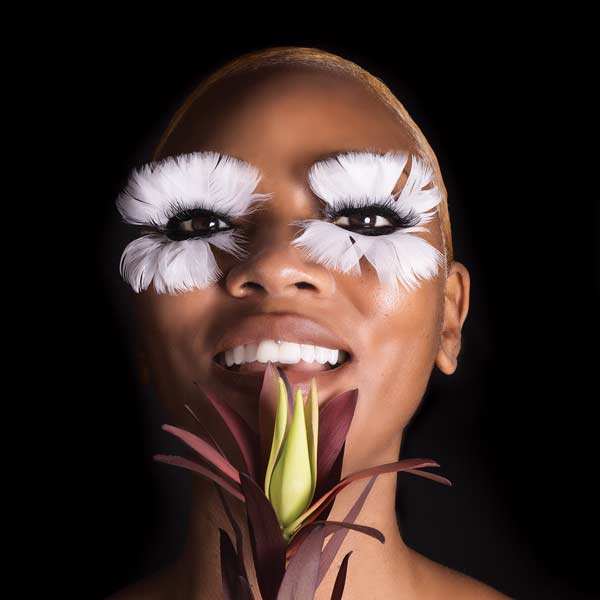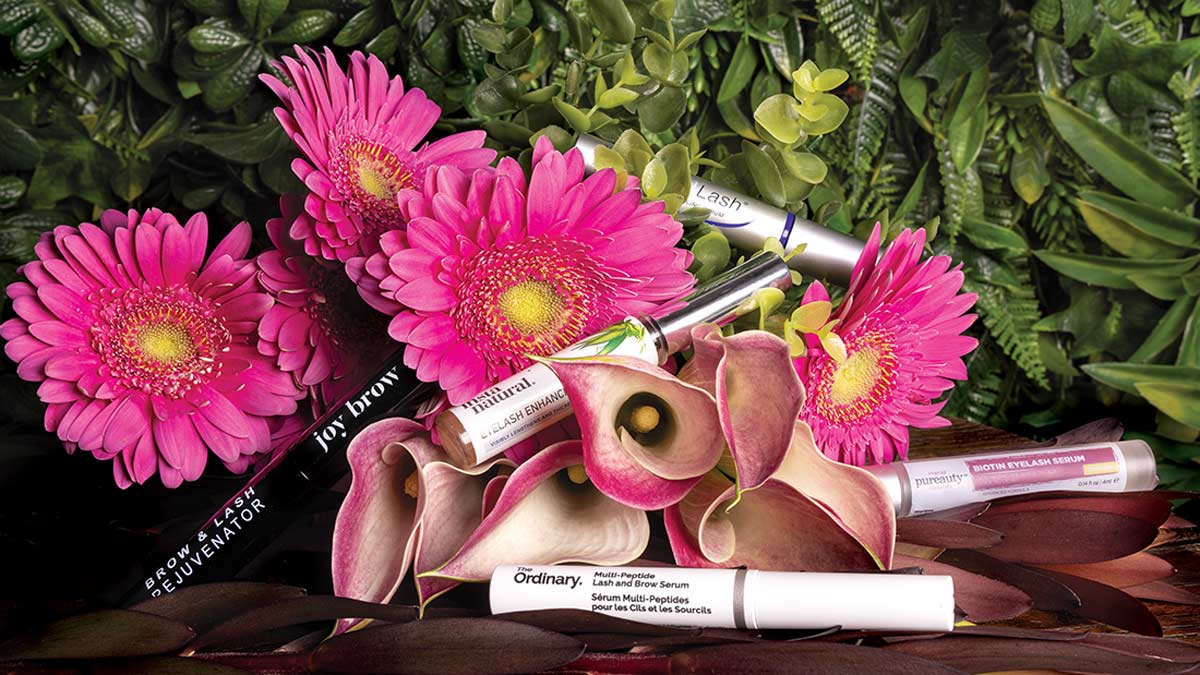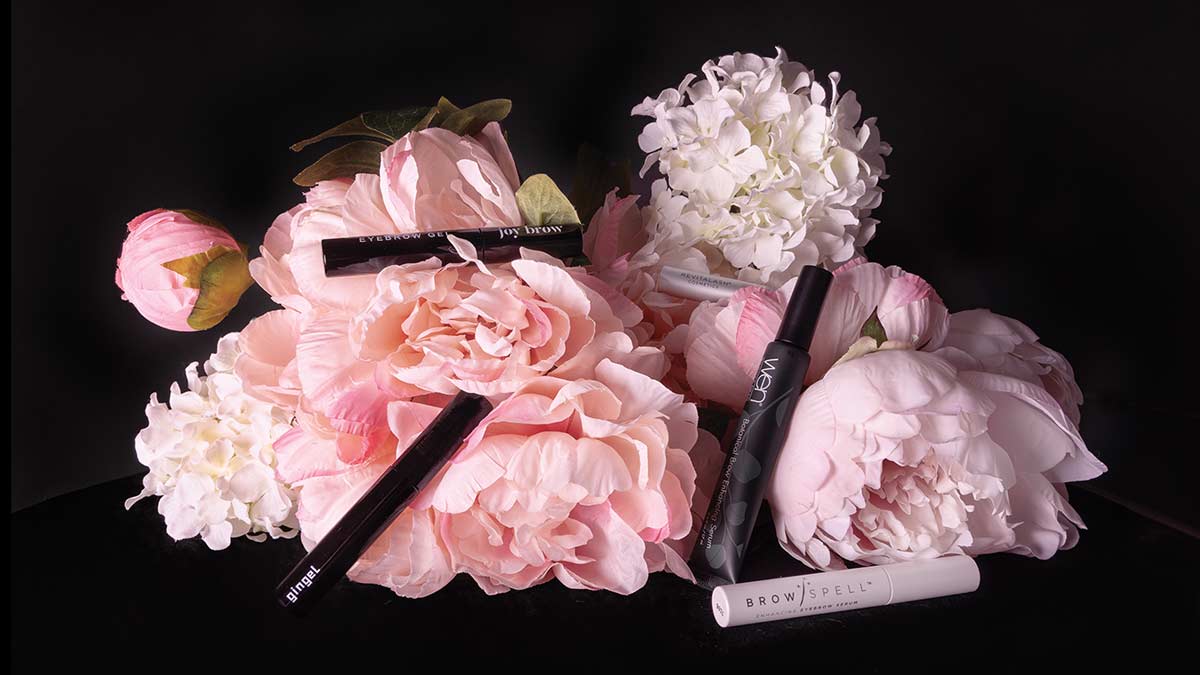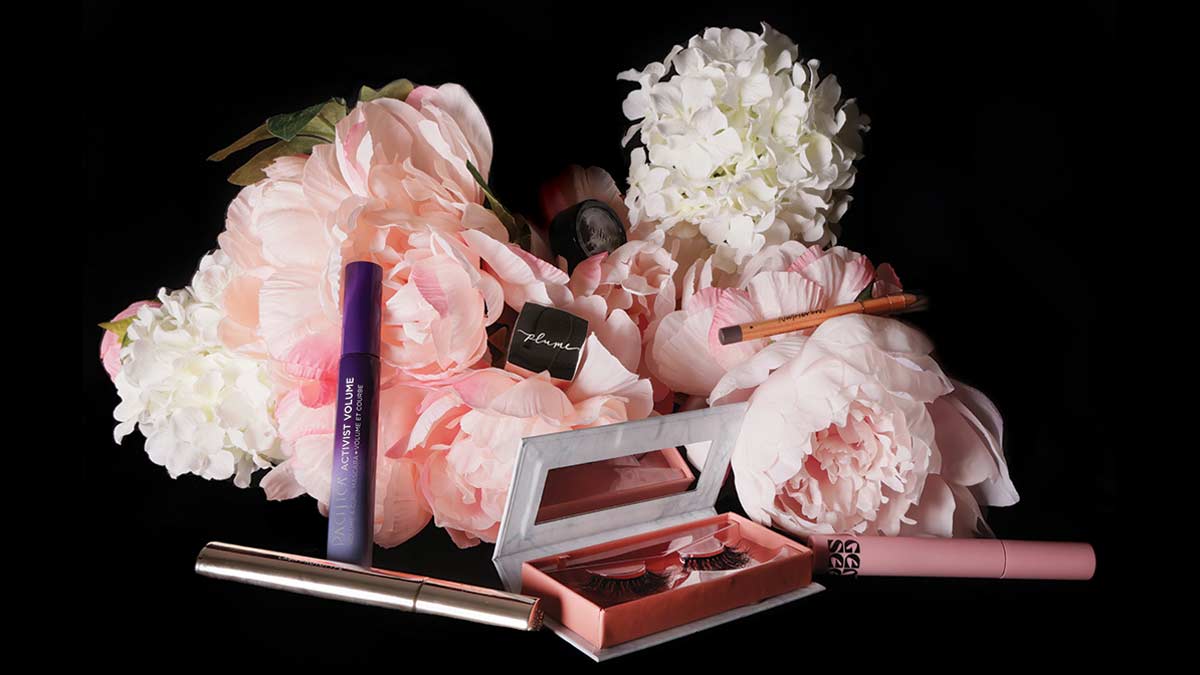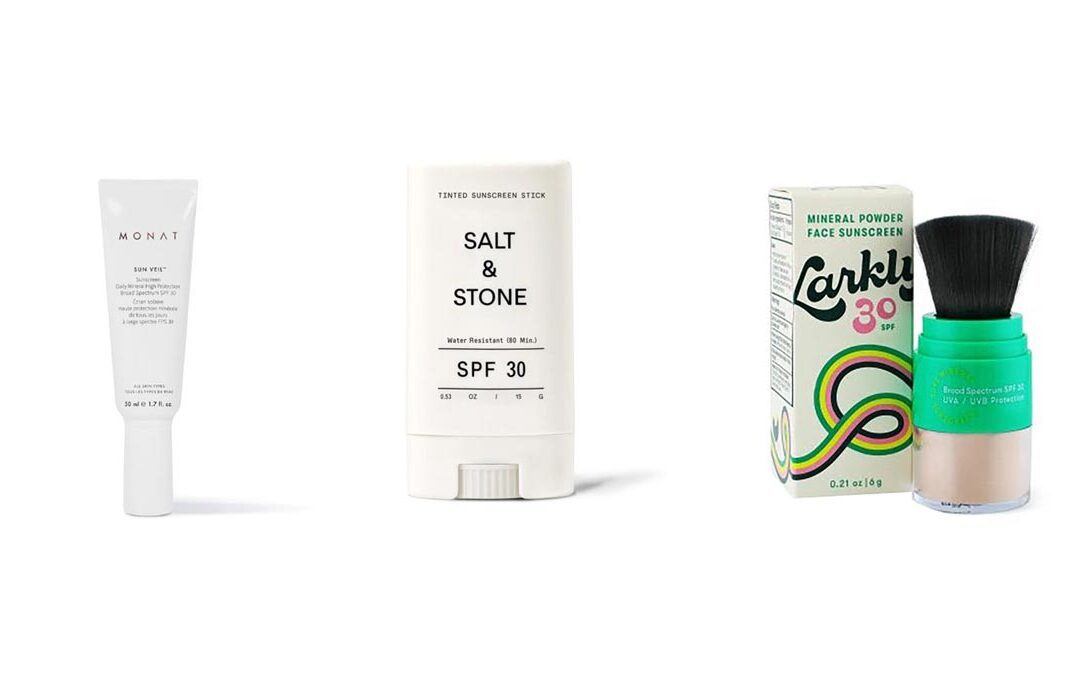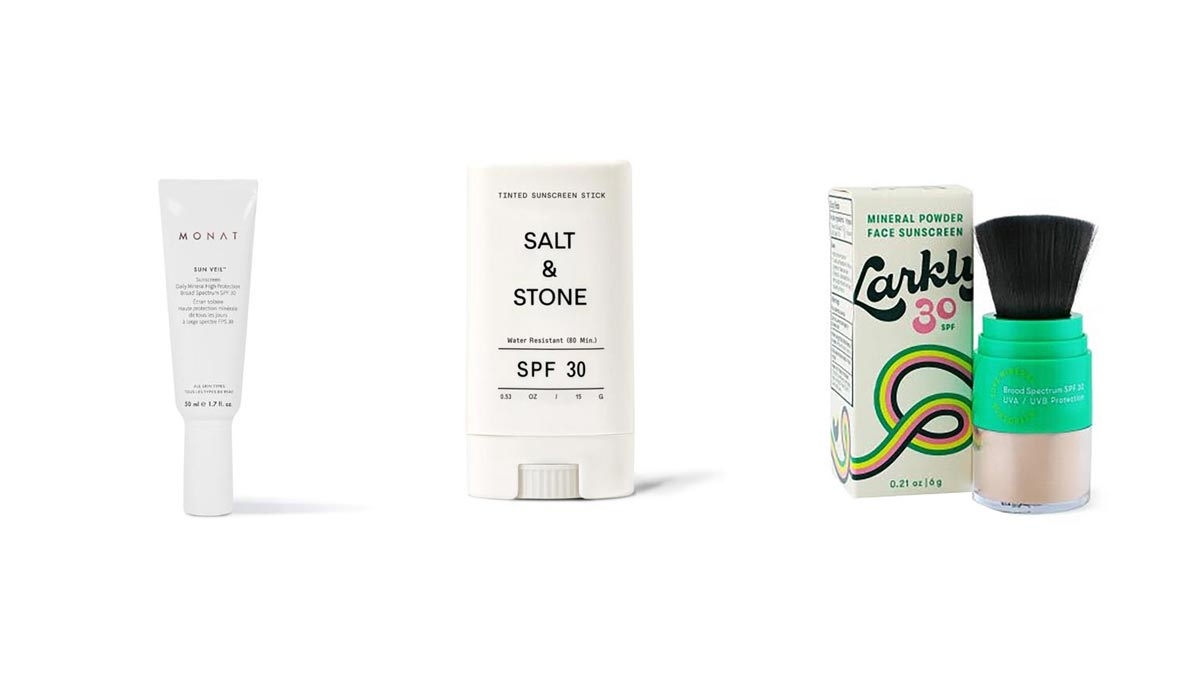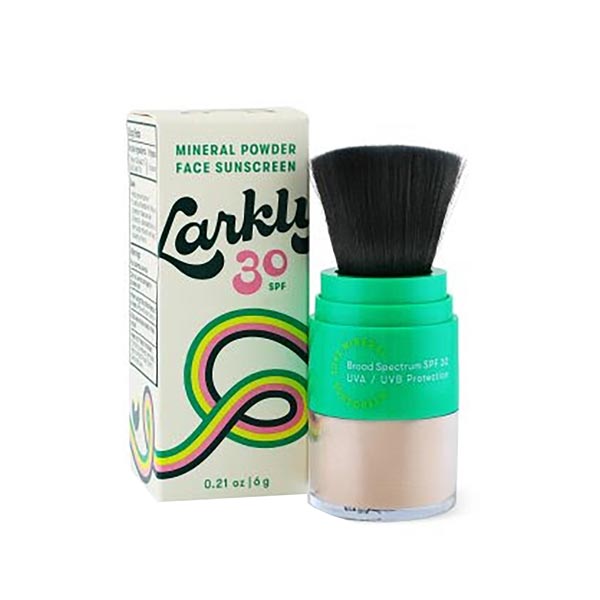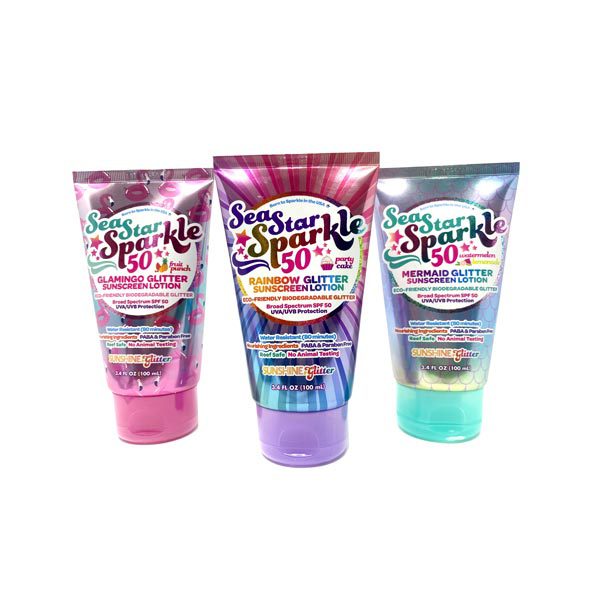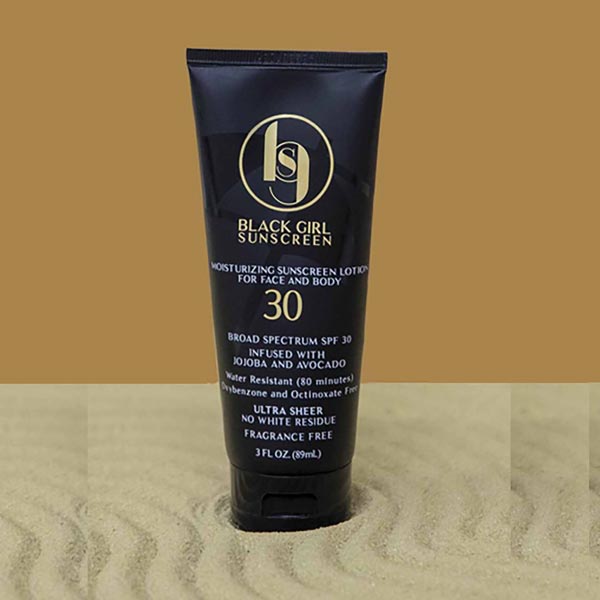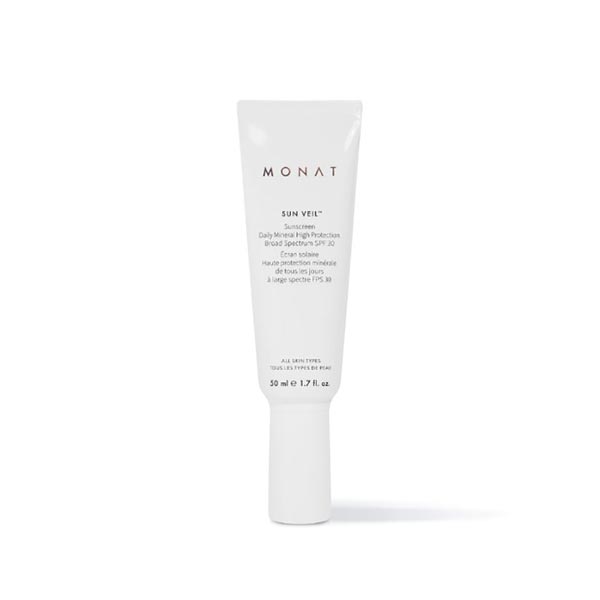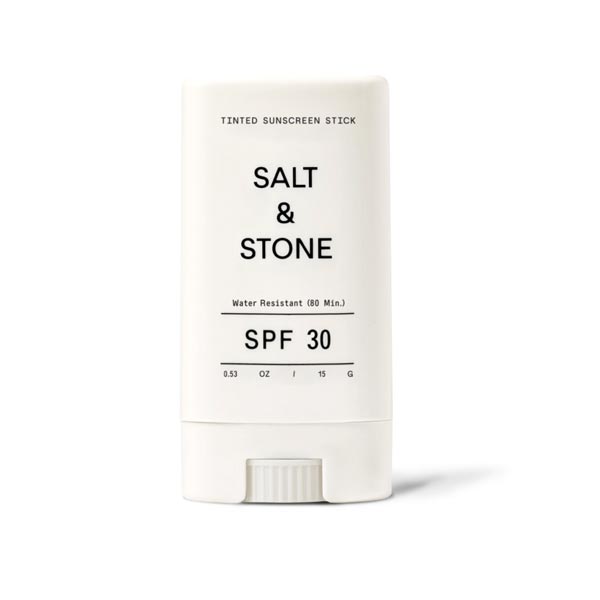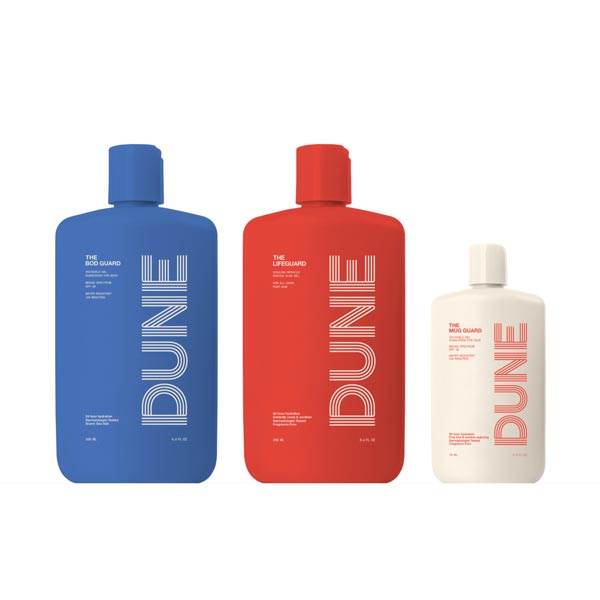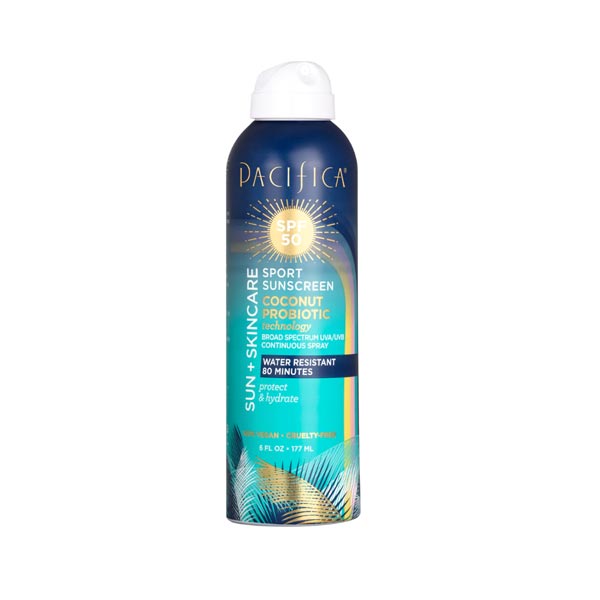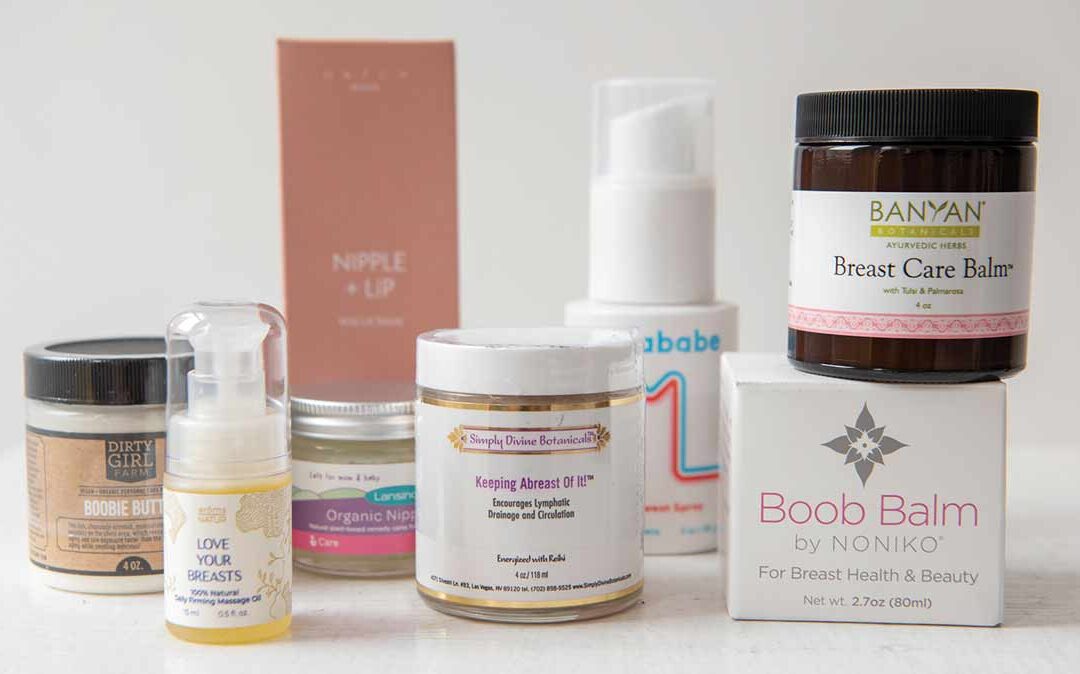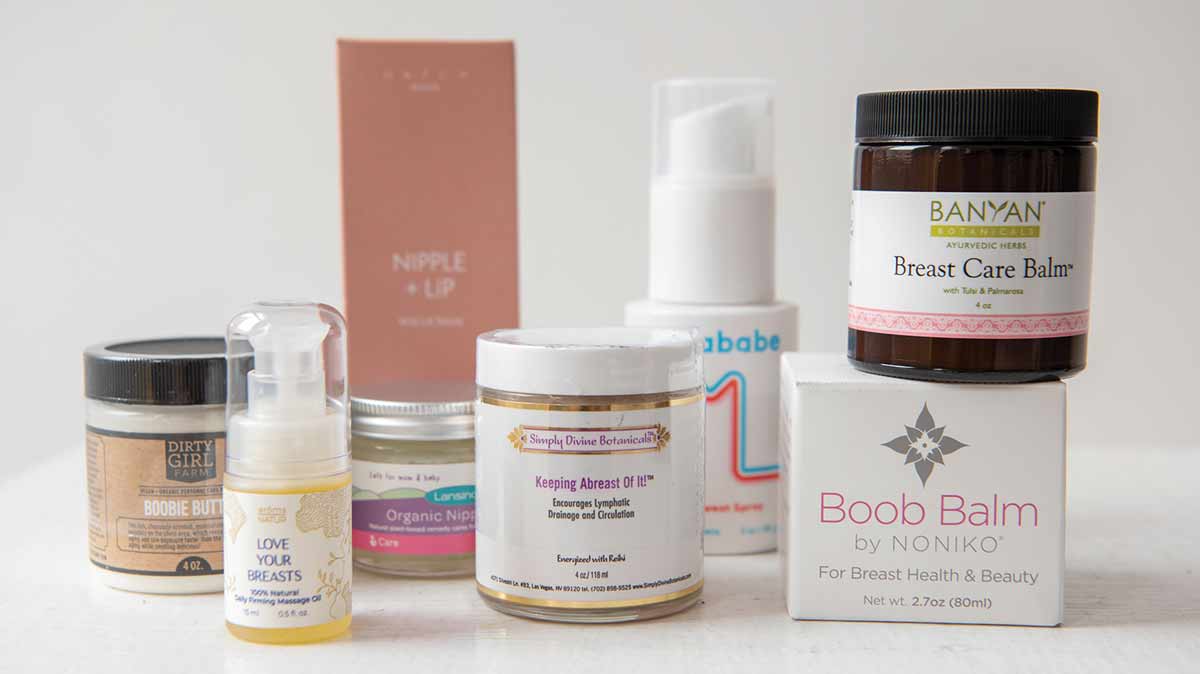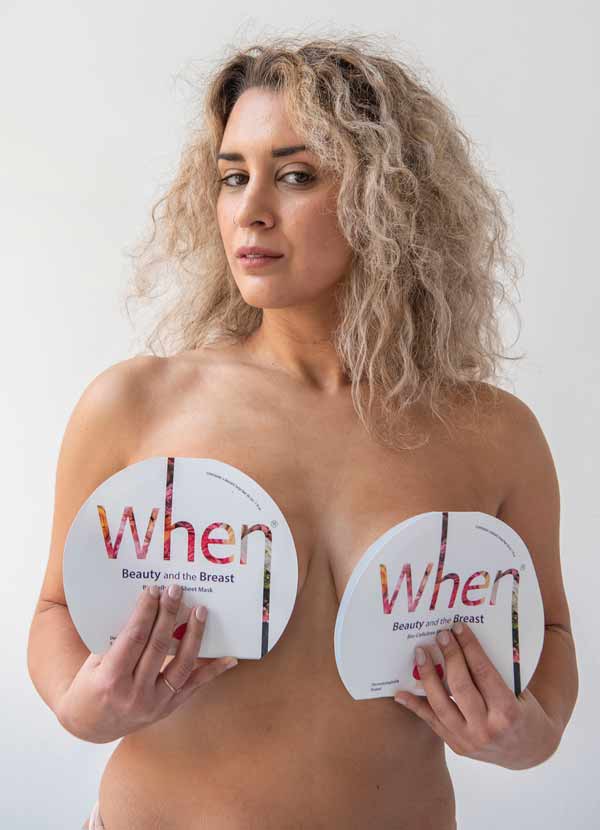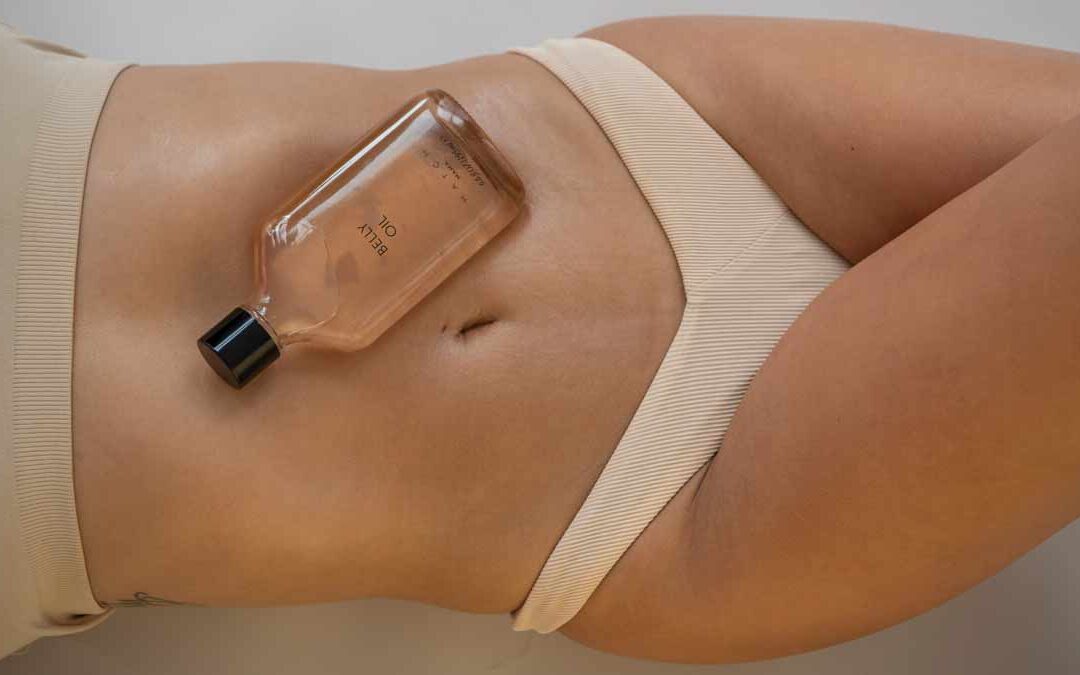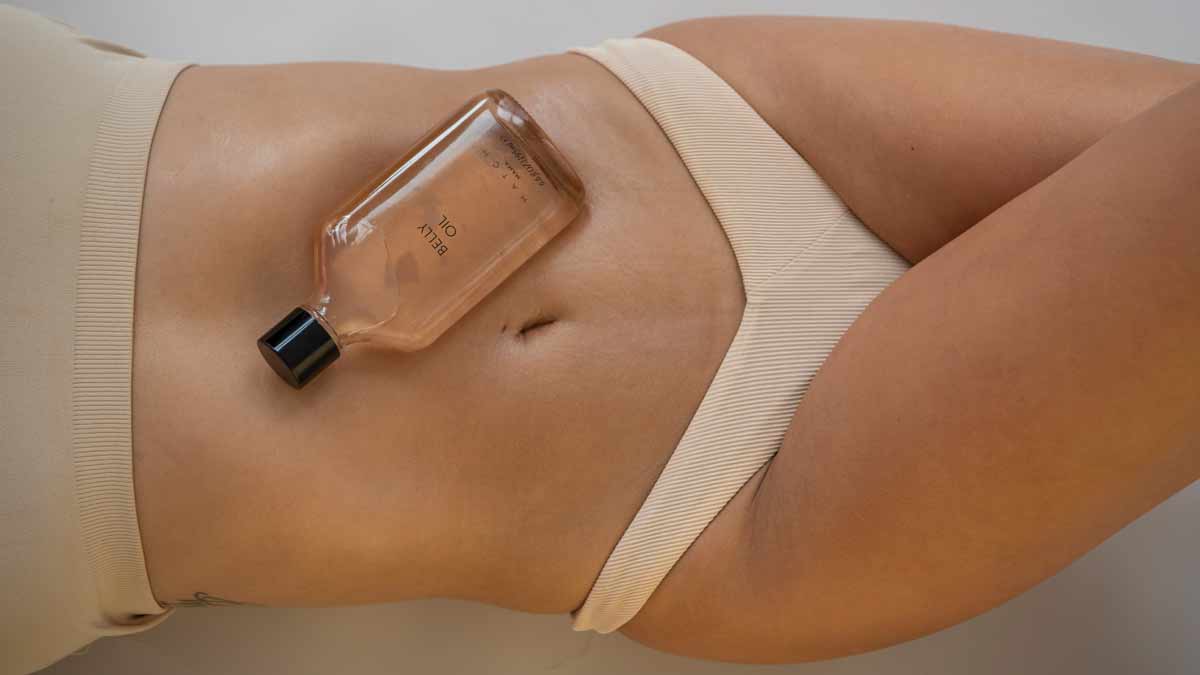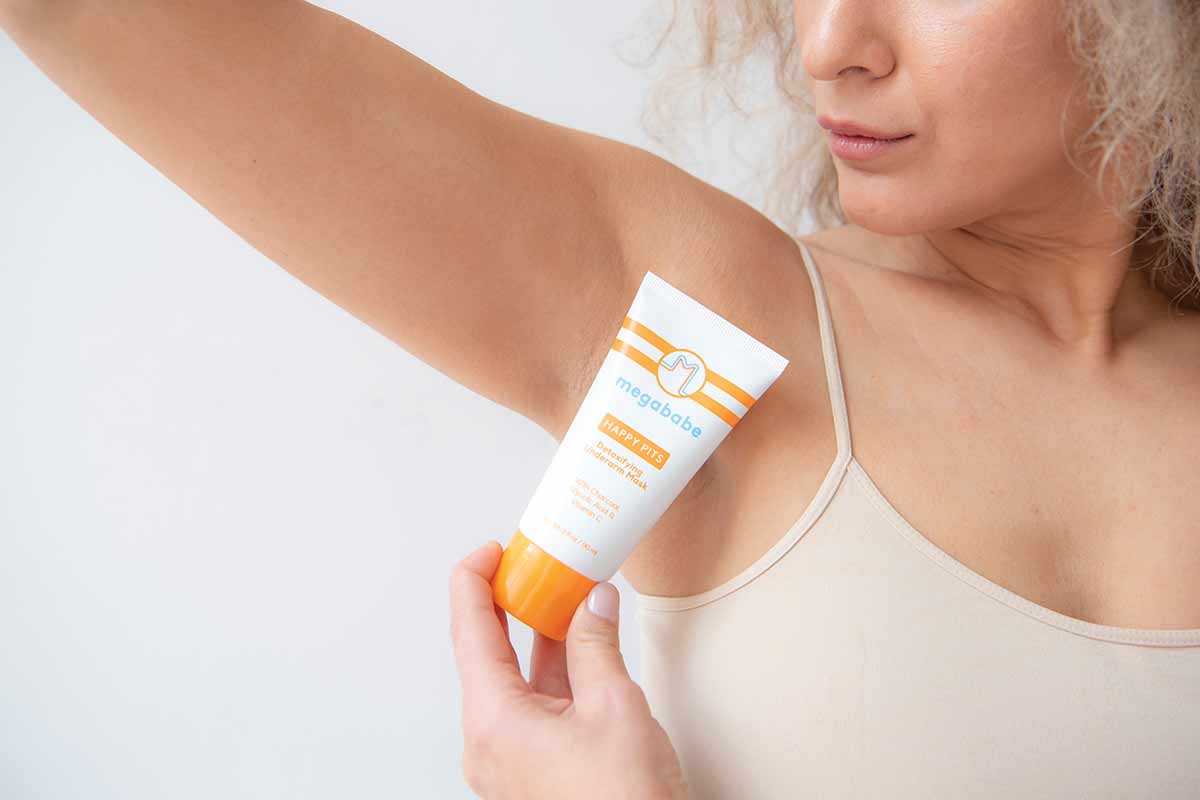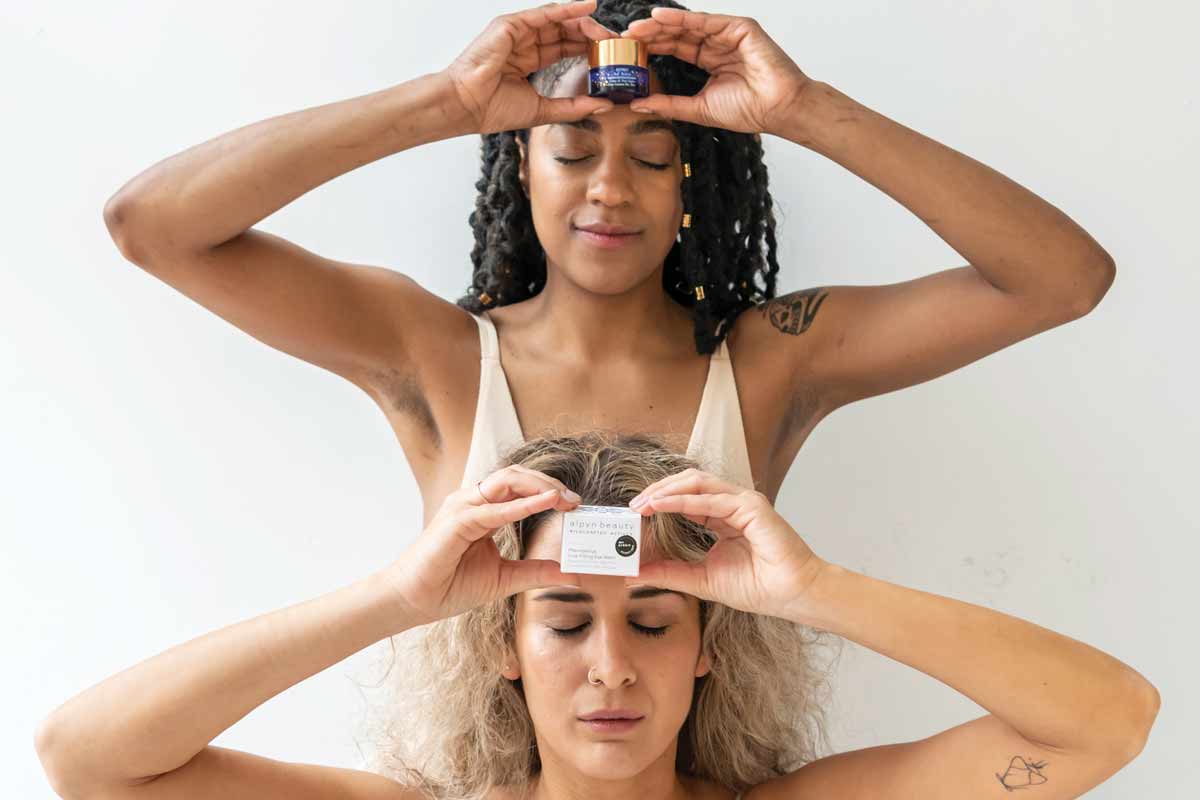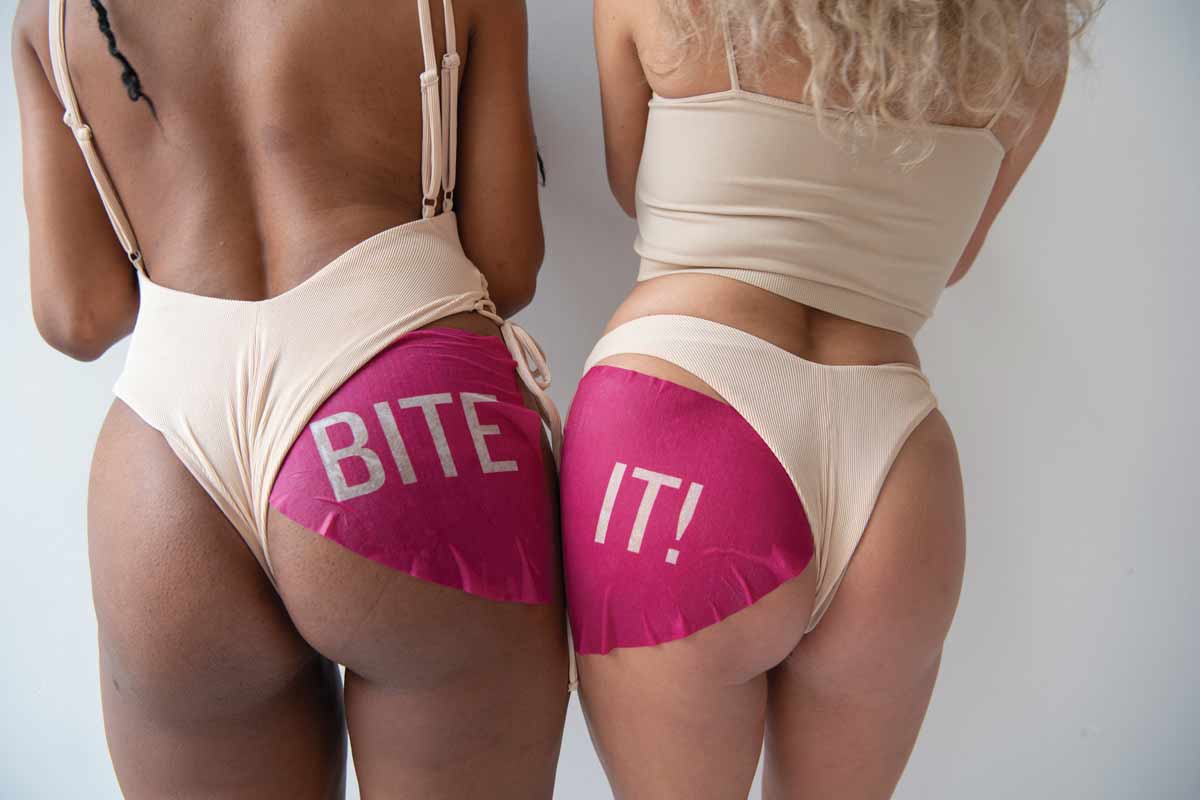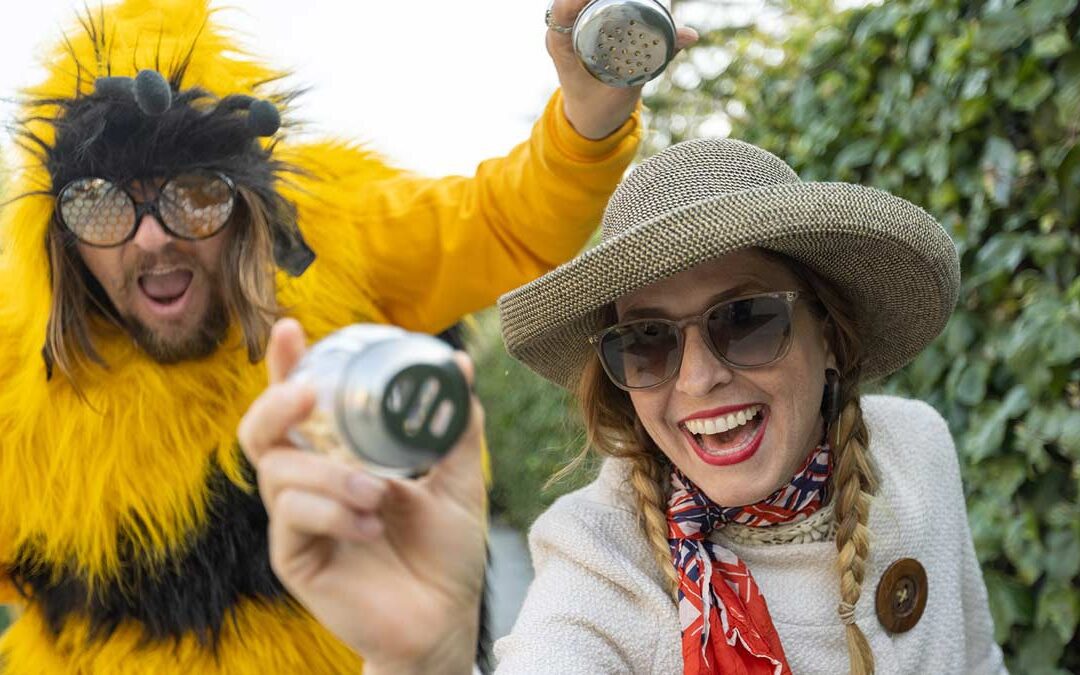
SF IN BLOOM
SF IN BLOOM
By Loulou Piscatore
Photos courtesy of: sfinboom.art
PROFILES
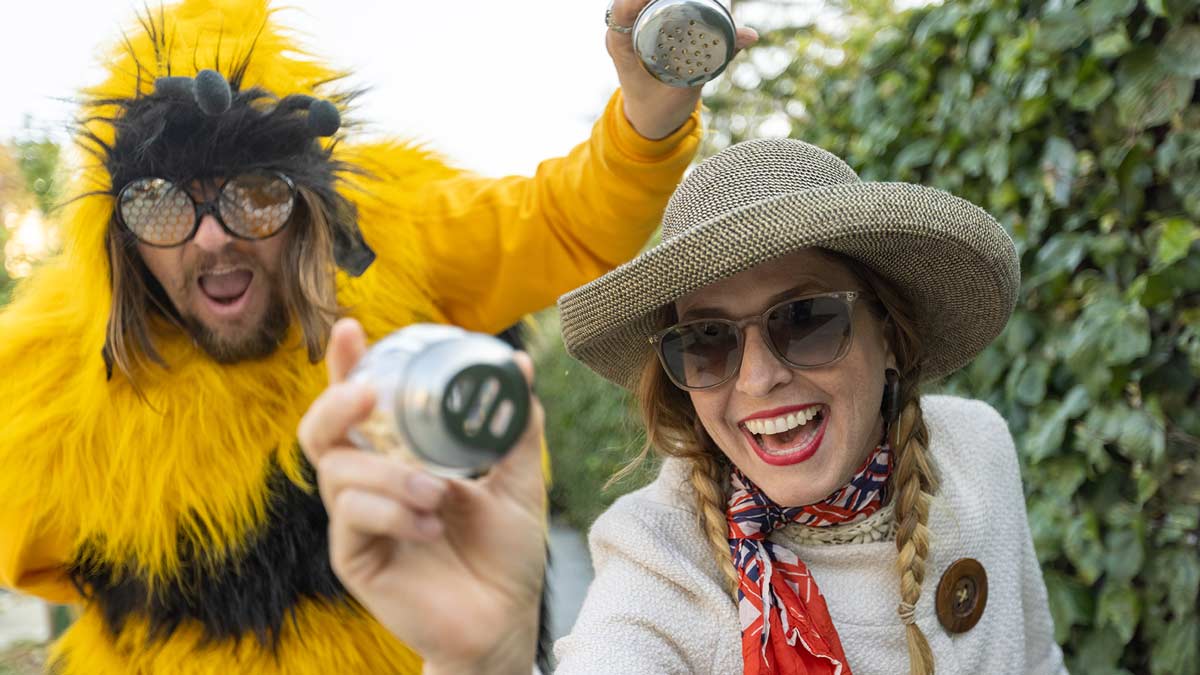
Tell me about what you do and what inspired you to do it?
We are all about democratizing gardening and sowing native wildflower seeds to help support the pollinators in our ecosystem. We have always loved bringing plants into our lives and into our environments. While we have been doing these things for over a decade, we only recently started sharing our plant adventures on social media, and the response has been amazing! The excitement and curiosity of our followers inspire us to do even more, and the desire of people to find what’s native to their area and to plant native wildflowers in their regions inspired us to offer native wildflowers for the continental US.
Why is it important to support pollinators?
Three-fourths of the world’s flowering plants and about 35% of the world’s food crops depend on animal pollinators to reproduce. North America has approximately 3,600 species of native bees, and 1 in 4 species populations are in decline, with many becoming endangered. So if you like food and plants, it’s a good idea to support pollinators!
Why is it important to only use native wildflowers from your region?
Our native pollinators are an essential part of our ecosystem, and they most often rely on native plants to thrive. With the loss of our local ecosystems and the decline in native pollinator species, it is more important than ever to support these fragile systems so they can hopefully thrive once again. If you plant native plants, you can be confident you aren’t spreading invasive species that can be harmful to the local ecosystem.
What can we do? How can we help?
- Prioritize the planting of plants that are native to your region.
- Sow native pollinator seeds in underutilized areas around where you live (it’s so easy!).
- Protect land with native plants from development.
- Join and/or donate to your local native plant society.
- Gift native pollinator seeds to those hard-to-shop for people in your life (and go on sprinkling seed adventures with them!).
- Upgrade your lawn to a low-mow, low-water, eco-friendly yard with low-growing native wildflowers with our Native Bee Lawn Mix.
- Grab a native wildflower seed shaker kit for your region and plant wildflowers this fall for spring blossoms.
Where are the best places to sprinkle seeds?
- Your yard.
- Underutilized areas around where you live.
- Cracks in the sidewalk.
- Freshly turned soil or underutilized irrigation.
- Into healthy soil (as opposed to areas with gravel) but you can try sowing seeds wherever.
Beware of blends that say “wildflower blend” because they most often contain plants that are not native to your region. Packets that say they grow in your region are not necessarily “native” to your region, and some may even contain plants that are invasive in your area that can compete with native plants.
Find native wildflower seeds for your region and more tips, tricks, native plant searches and DIY resources for planting at sfinbloom.art
